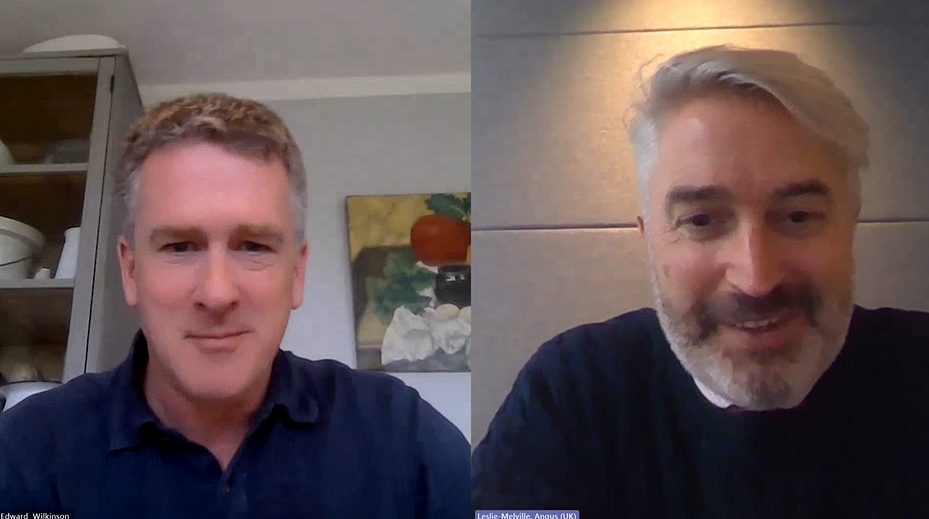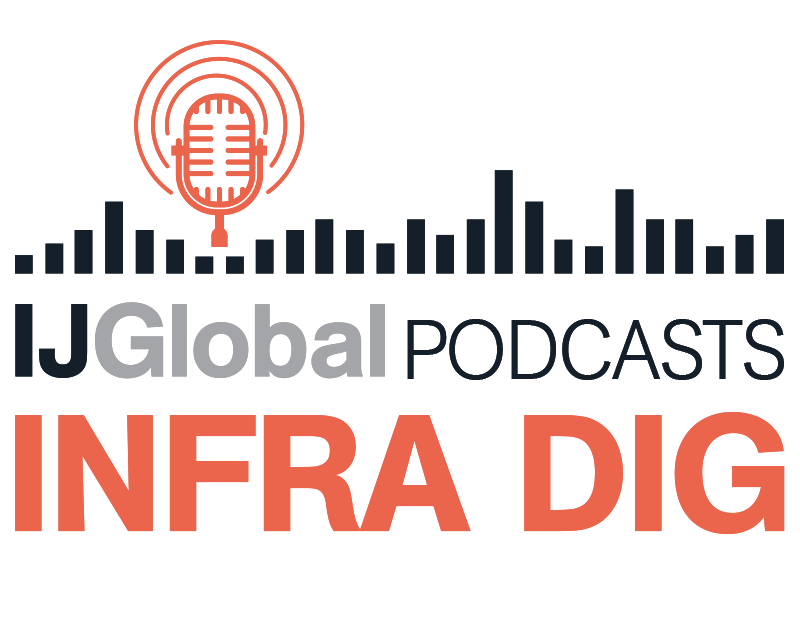Infra Dig – Edward Wilkinson, GScan
IJGlobal’s podcast service has always been fascinated by the application of advanced technology in service of the infrastructure and energy sector… and this one fulfils that requirement perfectly.
Edward Wilkinson, strategic corporate development lead at GScan, joins IJ content director Angus Leslie Melville to discuss his company that a technology that has numerous applications across the infrastructure and energy sectors.
In a 28-minute podcast, Edward takes the listener through the origins of the technology GScan that deploys everything from artificial intelligence through to 3D reconstruction and machine learning.
You can also access this latest episode on Apple Podcasts and through Player FM. It is also available across a host of other platforms.

GScan’s MFT is equipped with reconstruction algorithms and advanced machine learning-based 3D modelling tools, enabling the accurate distinction of materials and defects combined with high penetration.
The specialist service that GScan provides allows it – as Edward puts it – to “see through steel, stone, etc” by harnessing the power of Muons, “harmless, ever-present solar radiation”, allowing it to create “harmless X-Rays”.
Edward adds: “Unlike X-Rays, they are unaffected by other materials and they have the ability to identify density, volume and also chemical composition within hidden structures – within a wall, a tunnel or a container.”
He continues: “We have mapped the atomic table so the behaviour of the Muon, as it passes through an item – whether it be some narcotics, fluid or corrosion – they behave differently.
“We deploy 2 scanners – one above the item and the other below – this is called ‘scattering’. As the Muon passes through the first scanner and then through the item, its behaviour changes. And, as it passes through the second scanner, we capture that change, aligning it to the initial behaviour as it passes through the first scanner.
“Then, using our proprietary AI and machine learning software, we are able to provide a 3D image and the chemical composition of the item of interest – whether it be a bridge, a retaining wall, or an aircraft.
“This enables us to advise and provide detailed analysis from these measurements to the asset owner to enable them to optimise, restructure or rebuild the asset and to manage it more effectively.”
Listen in to this latest podcast from IJ, a fascinating run through the application of a technology that has more applications in infrastructure and energy than you can shake a stick at.
Request a Demo
Interested in IJGlobal? Request a demo to discuss a trial with a member of our team. Talk to the team to explore the value of our asset and transaction databases, our market-leading news, league tables and much more.


